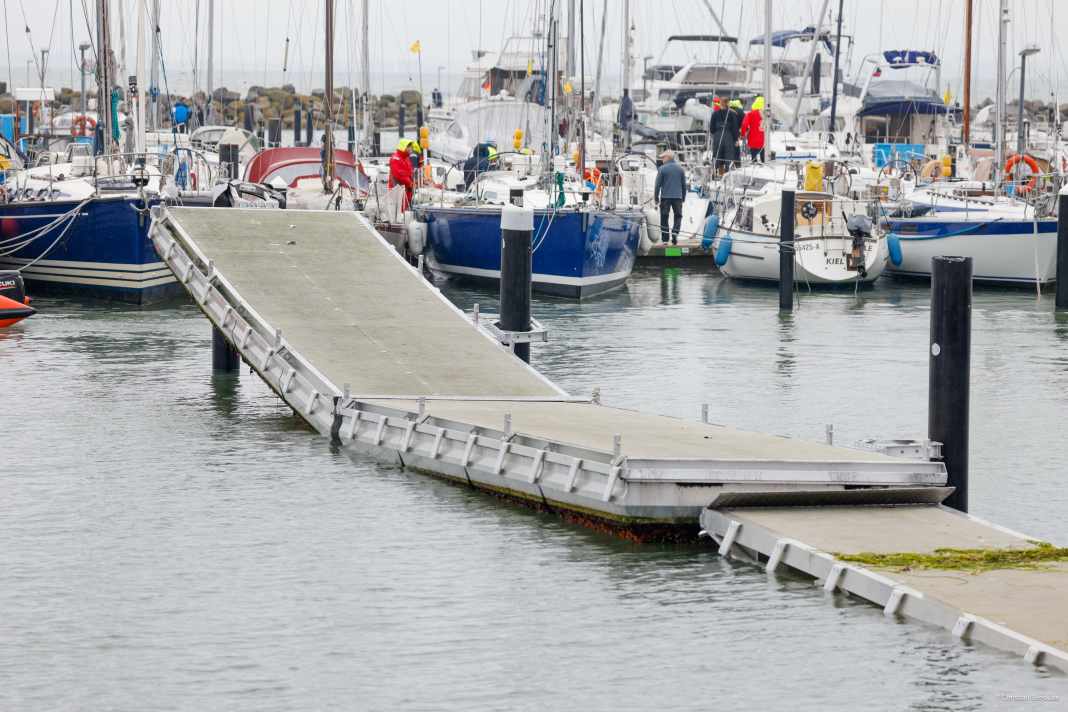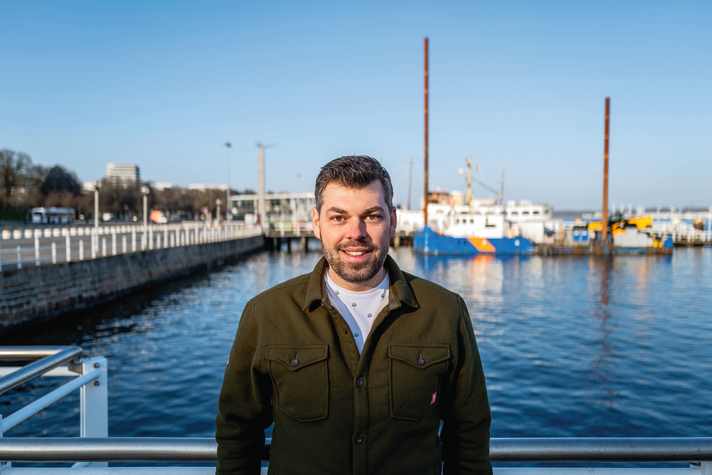Baltic Sea storm surge: Flood of the century - lessons learnt from the disaster
Nils Leiterholt
· 29.03.2025




Due to their geographical location, Damp and Kiel-Schilksee were particularly badly affected by the Baltic Sea storm surge. According to Sporthafen Kiel GmbH, the Olympic harbour lost entire 48 Ships at depth. The damage to the infrastructure of Kiel's marinas amounted to around three million euros, according to Philipp Mühlenhardt, the managing director of the company that manages nine of them. Although 75% of this was covered by the state of Schleswig-Holstein, the rest was not replaced.
The aim now is to prevent similar scenarios from occurring again. To this end, the Schleswig-Holstein state government has amended its State Water Act (LWG). The amendment has been in force since the beginning of the year. Paragraph 82a of the section on coastal protection is entitled "Obligation to provide information for campsites and marinas". It states that "operators of marinas within which it cannot be guaranteed that boats will remain in the water in a storm surge-proof manner" are obliged to "inform users of the risk of storm surges, particularly in the winter months".
More articles on the Baltic Sea storm surge:
"We don't quite know how to deal with the amendment yet. Do we have to write into the contracts that flooding can occur? Or should we warn of the specific event?" asks Mühlenhardt, "It's not entirely clear, but we are trying to be as prepared as possible for the next storm surge."
Graduate meteorologist Sebastian Wache from WetterWelt warns that the probability of storm surges will increase in the future. "The water level continues to rise due to climate change. The higher temperatures are causing the water molecules to expand," says Wache. "It's the same effect as a clinical thermometer." According to the meteorologist, it can also be observed that Scandinavia is rising due to the lack of an ice age. "We are observing a lowering of the water level off Stockholm, the Baltic Sea is practically receding and flowing towards the German Bight. This is causing the water level on our coast to rise".
Wache and his colleagues have now developed an early warning system for harbours to prevent broken ships and jetties. The system notifies harbour operators when the water level rises. We asked him three questions about this.
Three questions for Sebastian Wache

BOATS: How does your "Meteor Monitor" work? On what basis are the harbours warned?
Sebastian Wache: The strength of our system lies in the fact that the harbours set their own values at which they are warned. This includes water level data as well as wind force and direction.
How do the harbours deal with it when they are warned by you?
This varies. For example, a harbour can be warned if the wind is constantly above six Beaufort. This is because the crane must then be taken out of service.
At the end of the day, shouldn't recreational boat owners be warned of floods?
Exactly, most people are warned of high water levels and the threat of flooding. We determine the values together with the operators. If they are warned, they inform the berth holders.
